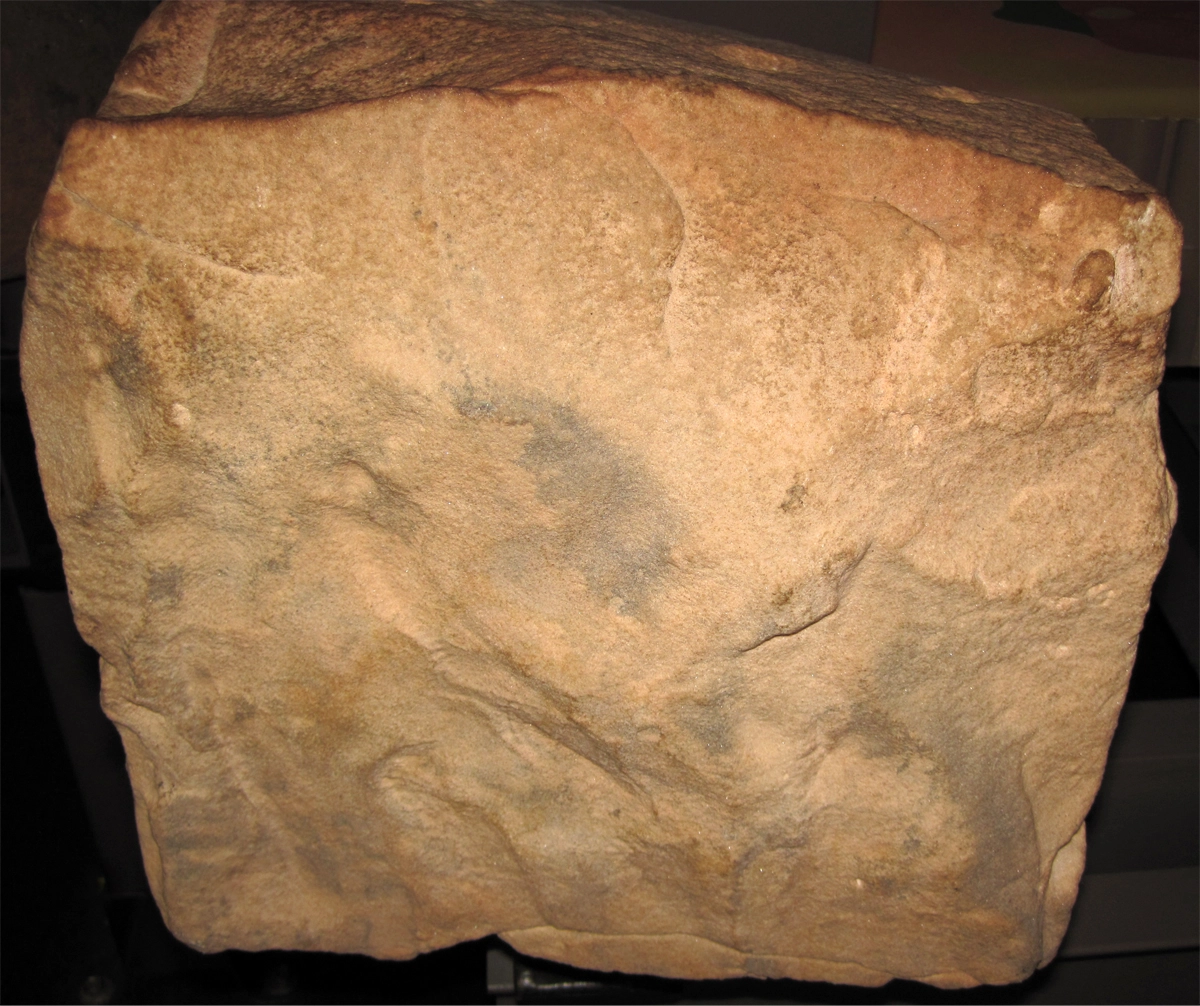Properties of Sandstone (Hard)
Hard sandstone is a sedimentary rock composed primarily of sand-sized mineral particles or grains, typically cemented together by natural minerals, such as silica, calcium carbonate, or iron oxide. It is called “hard” because it has undergone significant compaction and cementation, resulting in a durable and resistant rock.

The following table provides a list of hard sandstone properties in both SI and US customary/Imperial units at normal temperature and pressure (NTP).
Click on the button to switch between Metric and Imperial units.
| Physical Properties | Metric |
|---|---|
| Density | 2140 - 2650 kg/m3 |
| Mechanical Properties | Metric |
| Young’s Modulus (E) | 39 GPa |
| Compressive Strength | 39 - 247 MPa |
| Modulus of Rupture | 12 MPa |
| Thermal Properties | Metric |
| Thermal Conductivity | 4.2 - 4.6 W/m·K |
| Specific Heat Capacity (Cp) | 928 - 963 J/kg·K |
| Coefficient of Thermal Expansion (αL) | 5.0×10-6 - 1.9×10-5 1/°C |
| Electrical Properties | Metric |
| Electrical Resistivity | 104 - 105 Ω·cm |
Unless stated otherwise, all values are taken at room temperature (approximately 20°C or 68°F) and 1 atm pressure. (1 atm = 101,325 Pa)
References: 1) Cardarelli, François. Materials Handbook: A Concise Desktop Reference. Switzerland: Springer International Publishing, 2018. 2) CRC Handbook of Chemistry and Physics, 97th Edition. United Kingdom: CRC Press, 2016-2017. 3) A.M. Howatson, P.G. Lun, J.D. Todd, P.D. Engineering Tables and Data. United Kingdom: University of Oxford, Department of Engineering Science, 2009. 4) Stone: Building Stone, Rock Fill and Armourstone in Construction. United Kingdom: Geological Society, 1999.
